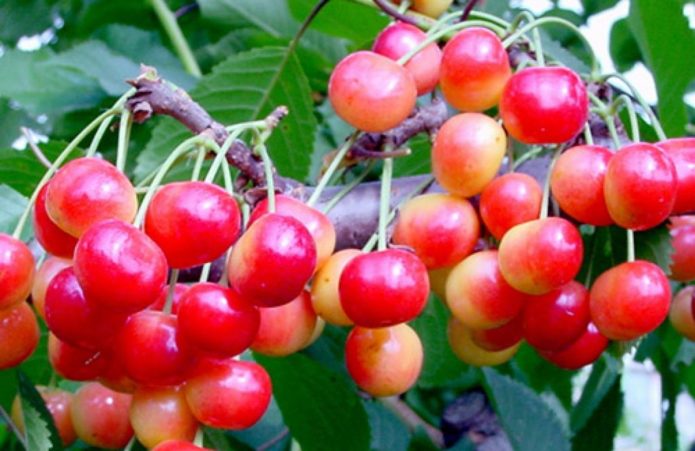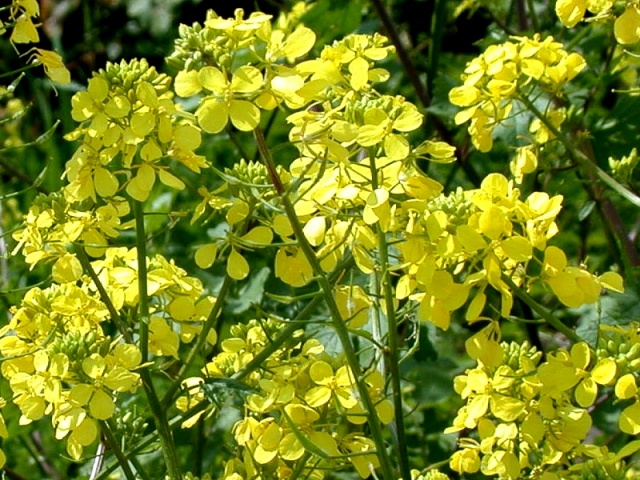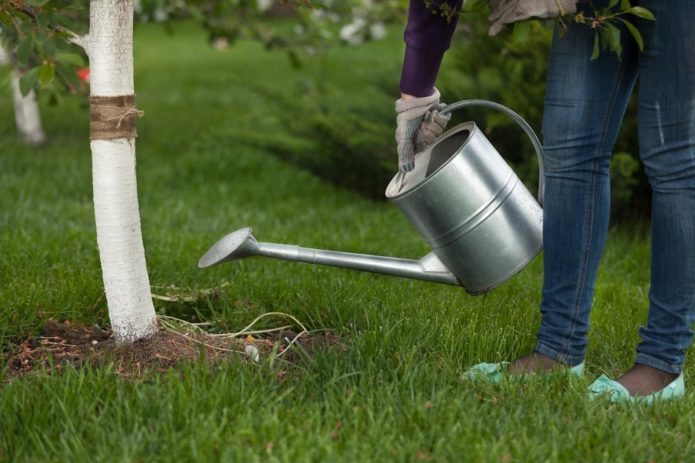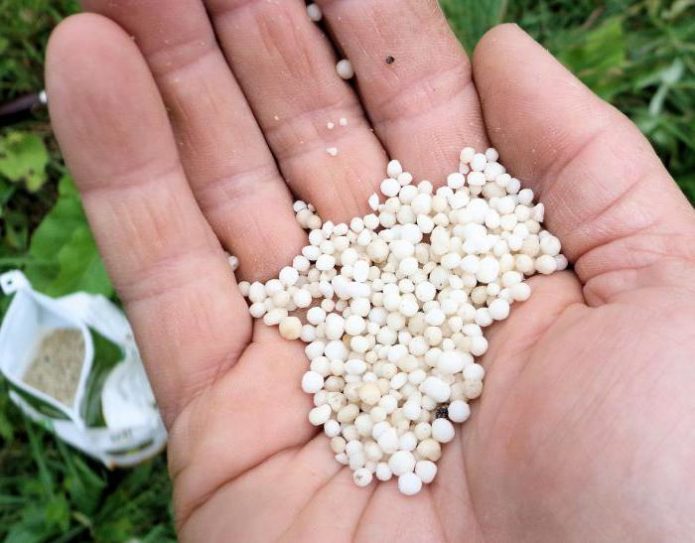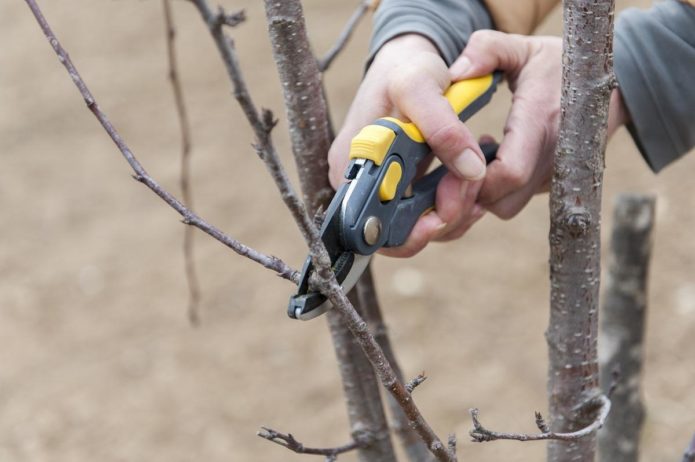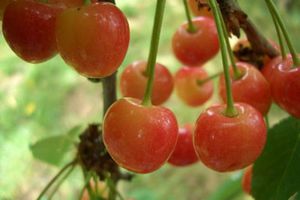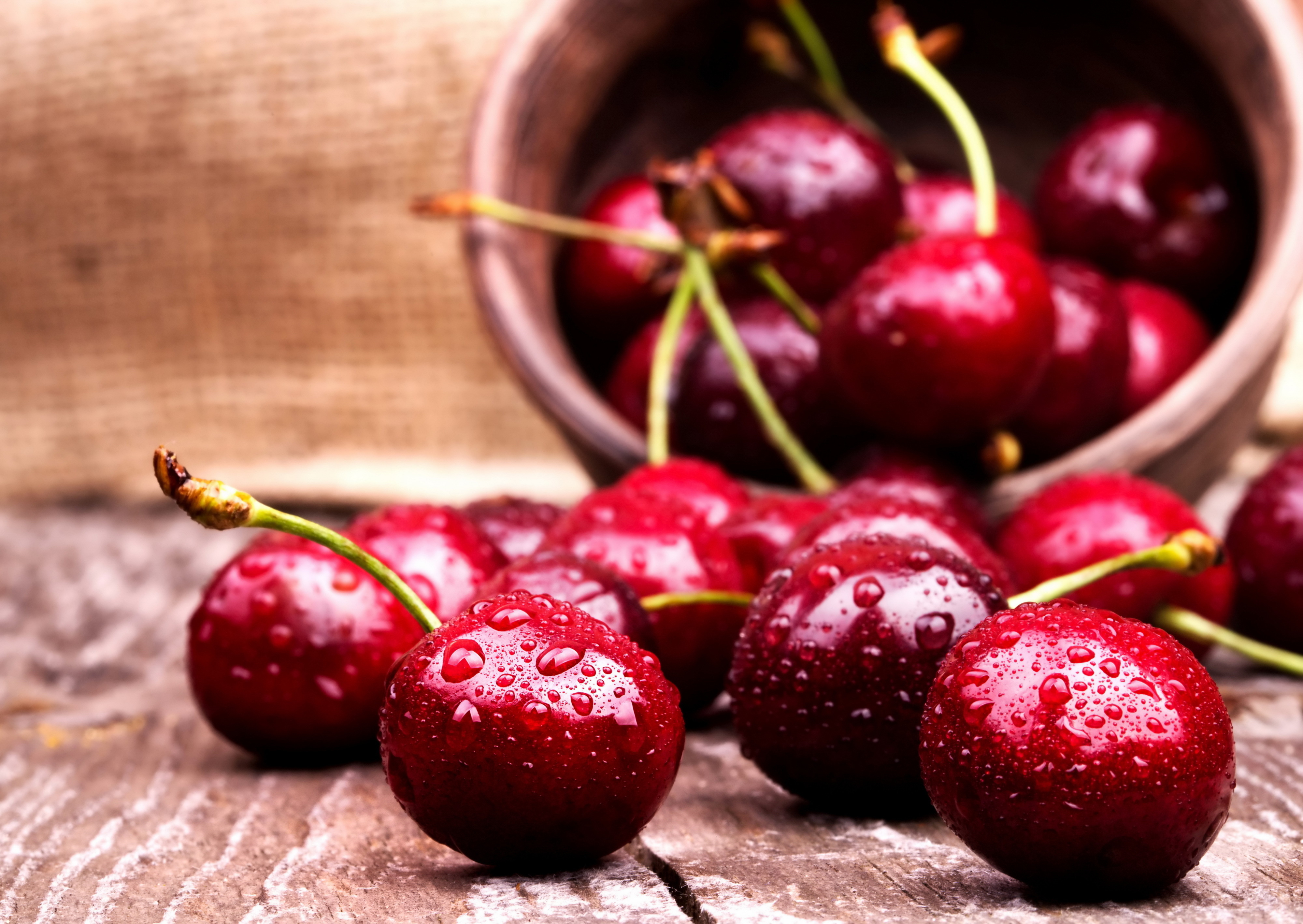Many summer residents dream of having medium-sized varieties of sweet cherries on their plots, which are adapted to cold and short summers, severe Russian winters, bear fruit well and have excellent taste. Therefore, a description of the Fatezh cherry and the features of growing and caring for it will be useful, since the variety meets all of the above requirements.
The history of the Fatezh variety
The originator of the variety is the All-Russian Institute of Selection and Technology of Horticulture and Nursery (breeders A.I. Evstratov and Kh.K. Enikeev). The hybrid was obtained as a result of pollination with a mixture of sweet cherry pollen, winter-hardy Leningradskaya yellow. Scientists working on the creation of the variety used gamma irradiation and biological stimulants to produce a fruit crop that can withstand low temperatures down to -30aboutFROM. After all, for a long time, cherries could not take root in central Russia due to their low frost resistance. In 1999, after successful completion of tests, the variety was registered in the State Register for the Central Region of the Russian Federation.
Today Fatezh has proven itself well among gardeners not only in the middle zone and the Moscow region, but also in the north-west of the country.
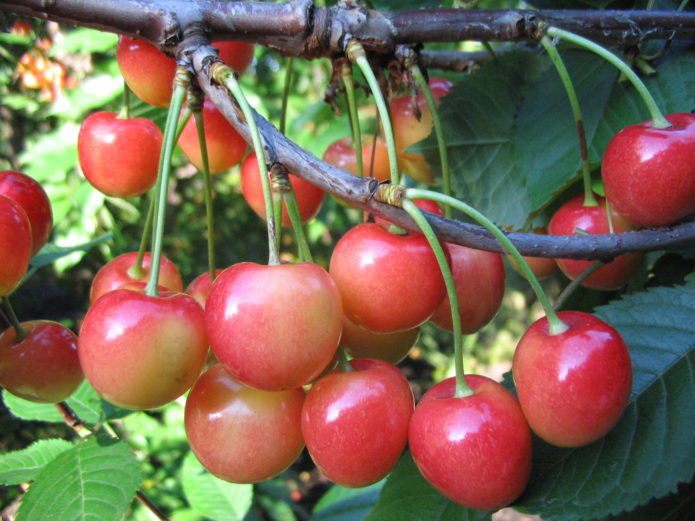
Cherry Fatezh is successfully grown in central Russia, in the Moscow region, in the north-west of the country
Description of cherry varieties Fatezh
Cherry Fatezh has a compact and drooping spherical crown. The height of the tree is up to 3 m. Therefore, it is easy to care for and harvest it. The main branches are brownish-brown in color and are located on the trunk of young trees at an angle of 90about... Adult specimens have a "weeping" shape. Glossy leaves of rich green color with a lanceolate leaf plate have finely serrated edges.
Fatezh enters fruiting in the 4-5th year of life. The average berry weight is 4.5 g. Fruits are round in shape, pink with yellow "splashes", quite elastic, excellently transported and stored, have a universal purpose. The stone is medium in size and easily separates from the fetus. The yield from one mature tree (10 years or more) reaches 50 kg. Berries begin to ripen in late June - early July. The sweet, slightly sour fruits have a very pleasant taste, so they got a high tasting score - 4.7 out of 5.
Features of growing and caring for the Fatezh cherry variety
Loosening the soil around the trunk, pruning and fertilizing in the spring, several seasonal watering - and the tree will thank the owners with delicious fruits.
Weeding and loosening
The next year, after planting, a circle with a diameter of about 1 m is made around the trunk, digging up the earth and clearing it of weeds. Each time within 3 years the near-trunk circle is expanded by 0.3 m, the soil is mulched.
It is recommended to sow honey plants around the cherries, which will attract bees and prevent the spread of weeds: mustard, clover, phacelia.
Watering
Cherries are watered 3-4 times throughout the season (depending on weather conditions) - after flowering, after picking berries and in early August. Before watering, be sure to loosen the soil in the near-trunk circle, remove all weeds, fertilize if possible and only then watered abundantly. Depending on the age of the cherries, you will need to pour from 3 to 6 buckets of water under one tree.
Top dressing
Fertilizers for cherries begin in the 3rd year of life. Until this time, there are enough nutrients for the tree, introduced during planting.
The first feeding of cherries occurs in early spring. Up to 50 g of urea is applied under each seedling (even in the snow). The second feeding is carried out during the flowering period. Most often, gardeners use an aqueous solution of manure (1: 8) or ash (1:10). Before fruit ripening, it is recommended to fertilize cherries with diluted water with a complex fertilizer for Agricola fruit trees (60 g / 10 l). The drug is also used in the fall, after the harvest has been harvested. And you can add 100 g of potassium sulfate and superphosphate each, distributing the fertilizer along the entire periphery of the trunk circle, and then water.
It is unacceptable to apply fertilizers directly under the trunk of the cherry, since its central roots are not able to absorb the nutrient solution.
Pruning
The cherry variety Fatezh, especially at a young age, is distinguished by a large growth of shoots, therefore it needs to be pruned annually. In the spring, before the buds swell, annual shoots are shortened by 1/5 of their length. Cut the top of the trunk by 30-40 cm so that the tree is more compact and lower. In addition, dried and broken branches are removed, carefully processing the cuts with garden pitch.
Intensive growth of the tree and its branching stops after 5 years, after which annual pruning can be omitted, except for the necessary sanitary-forming ones, removing broken, deformed branches growing inside the crown.
Some gardeners dislike the weeping shape of the cherry and cut the branches over the upward buds to reshape the crown.
Video: pruning cherries
Cherry pollinators Fatezh
Cherry begins to bloom in mid-May. There are usually many flowers. At Fatezh, they are frost-hardy and are not afraid of recurrent spring frosts.
Often, enterprising summer residents spray cherry flowers with a honey-water solution (30 g / 1 l), thereby attracting bees and achieving high yields.
The variety is self-fertile and therefore requires pollinators. The varieties Chermashnaya, Sinyavskaya, Krymskaya are considered worthy pairs for Fatezh cherries.
Reviews of the variety Fatezh
I have 2 cherries growing: Fatezh and Iput. Fatezh is already 6 years old, Iput - 4 years. Both bear fruit. This year, Fatezh was generally sprinkled, and this despite the fact that when it bloomed, there were frosts! During this time, the winters were different, the cherries did not freeze. But Fatezh is very prone to gum flow.
And I planted Fatezh this year. I was looking for a very long time. A friend has such cherries growing and bearing fruit every year. He planted different varieties and (in his words) all in the end turned out to be 3, 4, 5 years old. Only Fatezh endured all winters.
Our Fatezh has been in the Moscow region for 6 years. Fruits the size of a cherry, cherry flavor, I recommend for the Moscow region.
The cherry variety Fatezh was bred relatively recently, but has earned success and popularity among gardeners due to its excellent qualities in taste, yield, decorativeness and winter hardiness. And while lovers of juicy berries buy cherries on the market, the summer residents who have grown Fatezh on their personal plot have already managed not only to enjoy fresh berries, but to make preparations for the winter and treat all neighbors and relatives with fruits.
